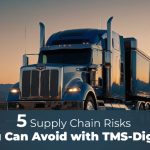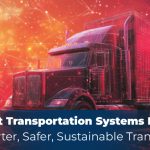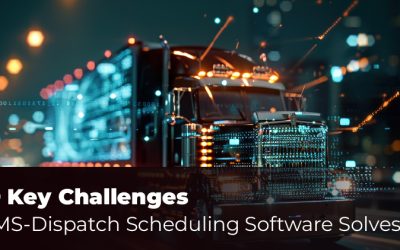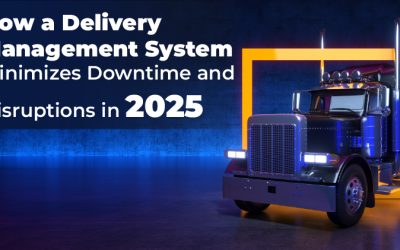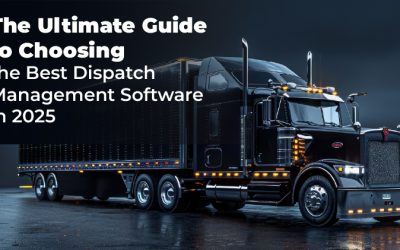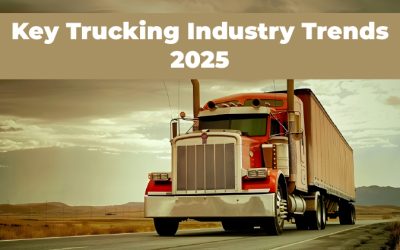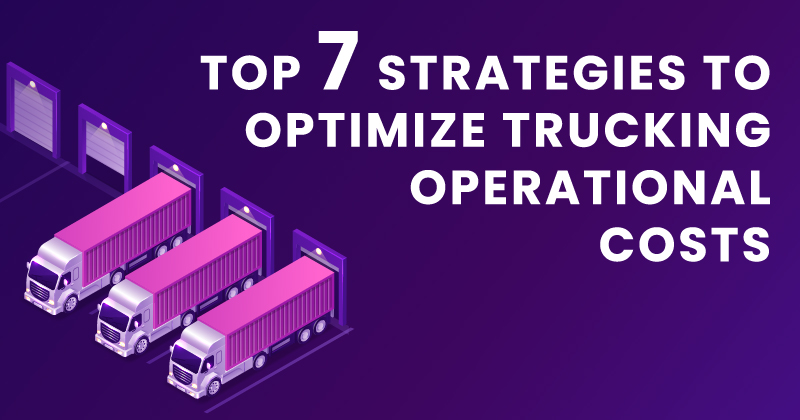
In the fast-paced trucking industry, the road to success is paved with a critical consideration: optimizing operational costs. As a vital component of the global supply chain, trucking is integral in delivering goods and services across vast distances. However, the challenges of rising fuel prices, maintenance expenses, driver wages, and regulatory compliance can take a toll on a company’s bottom line.
In this blog post, we embark on a journey to explore the top 7 strategies to optimize trucking operational costs that can help trucking businesses navigate the complex landscape. From route planning to fuel efficiency and driver management to cutting-edge technology integration, we’ll delve into a comprehensive guide designed to help trucking companies survive and thrive in these challenges.
Analyzing Operational Costs
Running a successful trucking operation requires a deep dive into the intricacies of operational costs. Every mile traveled, every load delivered, and every maintenance check impacts a company’s financial health. Let’s take a closer look at the various components that contribute to operational costs in the trucking industry.
Breakdown of Typical Operational Costs
- Fuel Costs: One of the most significant expenses in the trucking industry, fuel costs can vary significantly based on fuel prices, route efficiency, and vehicle fuel efficiency. Fluctuations in fuel prices can directly impact a company’s profitability.
- Maintenance and Repairs: Regular maintenance and unexpected repairs are inevitable for any fleet of vehicles. The cost of keeping trucks in optimal condition can be substantial, from routine oil changes to engine overhauls.
- Driver Wages and Benefits: Truck drivers are the backbone of the industry, but their wages and benefits account for a substantial portion of operational costs. Fair compensation is essential to attract and retain skilled drivers.
- Insurance Expenses: The trucking industry requires comprehensive insurance coverage to protect against accidents, cargo damage, and liability. Premiums can vary based on factors such as the company’s safety record and the types of cargo transported.
- Equipment Depreciation: The value of trucks and trailers depreciates over time. This factor is essential when evaluating the business’s overall financial health and planning for fleet replacement.
Strategies for Optimizing Trucking Operational Costs
The road to operational cost optimization in the trucking industry is paved with strategic approaches that address each facet of the business. Let’s explore the key strategies that can help trucking companies streamline their operations and enhance profitability:
-
Route Planning and Optimization
- Utilizing GPS and Route Optimization Software: Modern GPS technology and advanced route optimization software can guide drivers on the most efficient paths, considering traffic, road closures, and weather conditions.
- Avoiding Traffic Congestion and Tolls: By identifying and avoiding congested routes and toll roads, trucking companies can save time and reduce fuel consumption, directly impacting operational costs.
- Minimizing Empty Miles Through Strategic Planning: Efficiently planning return trips and avoiding empty miles can lead to higher asset utilization and reduced fuel expenses.
-
Fuel Efficiency Measures
- Adopting Fuel-Efficient Driving Techniques: Training drivers in fuel-efficient driving practices, such as smooth acceleration, controlled braking, and reduced idling, can significantly improve miles per gallon (MPG).
- Regular Vehicle Maintenance for Optimal Fuel Consumption: Well-maintained vehicles with clean air filters, properly inflated tires, and optimal engine performance consume less fuel.
- Exploring Alternative Fuels and Hybrid Technologies: Investigating alternative fuel options, such as natural gas or electric vehicles, can help mitigate the impact of fluctuating fuel prices and reduce environmental impact.
-
Maintenance and Repairs
- Implementing Preventive Maintenance Schedules: Regular maintenance reduces the likelihood of breakdowns and costly repairs, prolonging the lifespan of vehicles and reducing downtime.
- Properly Training Drivers for Vehicle Care: Educating drivers about routine vehicle inspections and promptly reporting issues can prevent minor problems from escalating into major repairs.
- Establishing Relationships with Reliable Repair Shops: Building partnerships with reputable repair facilities can lead to timely and cost-effective repairs, minimizing downtime and expenses.
-
Driver Management
- Efficient Load Scheduling to Minimize Wait Times: Streamlining loading and unloading processes reduces drivers’ wait times, maximizing their driving hours and earnings.
- Providing Ongoing Driver Training for Safety and Efficiency: Regular training on safety protocols and efficient driving practices enhances driver performance and reduces accidents.
- Recognizing and Incentivizing Top-Performing Drivers: Acknowledging and rewarding drivers who consistently excel in safety, fuel efficiency, and on-time deliveries can boost morale and retention.
-
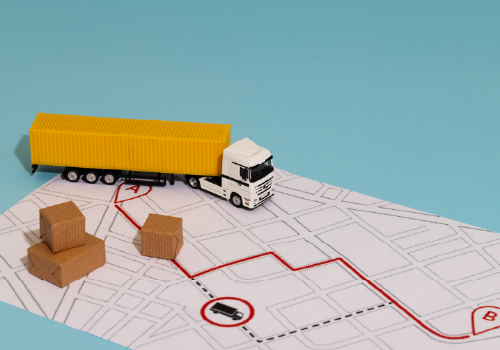
-
Technology Integration
- Telematics and Fleet Management Systems for Real-Time Monitoring: Monitoring vehicles in real-time help identify areas for improvement, optimize routes, and ensure compliance with regulations.
- Predictive Analytics for Identifying Maintenance Needs: Utilizing data analytics to predict maintenance requirements can prevent breakdowns and minimize unexpected repair costs.
- Electronic Logging Devices (ELDs) for Compliance and Efficiency: ELDs ensure regulatory compliance and streamline record-keeping, reducing administrative burdens.
-
Freight Consolidation
- Combining Multiple Shipments to Optimize Space and Reduce Costs: Consolidating multiple shipments into one trip optimizes space utilization and reduces fuel expenses.
- Collaborating with Other Carriers for Shared Deliveries: Partnering with other carriers for joint deliveries can lead to mutual cost savings and increased efficiency.
- Exploring Intermodal Transportation Options: Combining different modes of transportation, such as rail and trucking, can provide cost-effective solutions for long-distance hauls.
-
Negotiating Contracts and Rates
- Establishing Strong Relationships with Shippers and Brokers: Building solid partnerships with shippers and brokers fosters better communication and negotiation of favorable terms.
- Regularly Reviewing and Renegotiating Contract Terms: Periodically assessing contract terms and rates ensures they align with market conditions and the company’s needs.
- Evaluating the Profitability of Different Types of Freight: Analyzing the profitability of different cargo types helps make informed decisions about which loads to prioritize.
By strategically implementing these measures, trucking companies can navigate the challenges of operational costs while positioning themselves for sustained success in an ever-evolving industry landscape.
Final Words
As the trucking industry continues to play a pivotal role in global commerce, the significance of optimizing operational costs cannot be overstated. The strategies we’ve explored in this journey offer a roadmap to mitigate the challenges posed by rising fuel costs, maintenance expenses, and regulatory compliance and transform these challenges into enhanced profitability and sustainability opportunities.
In operational cost optimization, a key ally for trucking companies is TMS-Digital. As one of the top trucking software providers, TMS-Digital has been instrumental in helping numerous companies streamline their operations, enhance efficiency, and effectively manage their resources. With cutting-edge technology solutions, including robust transportation management systems (TMS), TMS-Digital empowers businesses to make data-driven decisions, automate processes, and maximize profitability.
Join us today in the journey toward safer and more efficient trucking. Get a free demo!

